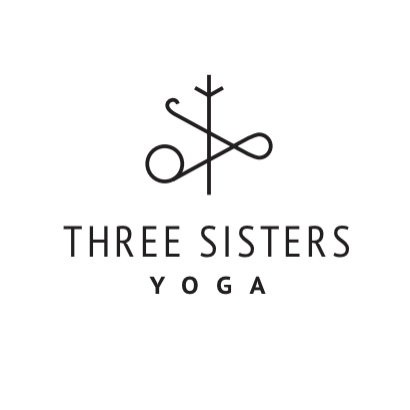Yoga is often translated as “union” or “to join.” In a fragmented and often lonely society such as ours, this is a lovely translation. It imbues a sense of wholeness, a promise for peace through connection.
I love this translation.
Unfortunately, it is incorrect. (Dang it!)
Yoga comes from the root yuj which means to “yoke” or “bind.” There is a fundamental difference between joining something together and binding it. “Joining together” brings to mind a desired, invited coupling. Binding, on the other hand, is a restraint against will. Binding is an act of will and force that is typically put upon something that does not want to be bound.
Yoking is also an agrarian term. A yoke is tool traditionally used to bind two oxen together. There often is a plow attached to it. I plow the field to prepare it for planting. When I bind two beasts together, I am able to double the power and control the rate at which animals move. And, with their combined power, I am able to till more soil.
Choosing the term “yoke” to describe the practice is a conscious one. It depicts a specific action. I yoke, or bind, the two beasts of burden that keep me from knowing my true Self; the body and the mind. I force the body and mind to do my bidding, to work for me. They help me till the soil of my experience so that I may plant the seeds that will bear the fruit of enlightenment (or, more specifically, ensure that I do not plant the seeds that will bear the fruits of karma… but that’s a lesson for another day).
In doing yoga I am using my power, my force, my will, to control my mind and body. I choose what to react to. I choose what to do. When the mind skirts away, I bring it back. When the body says “no, I don’t want to!” I say, “just try.” I no longer allow my mind and body to dictate my experience. I do.
That is power.
Yoga is often described as something that gives us peace, makes us feel more calm, relaxed. And while this may be a byproduct of the physical practice, the original design, according to the Yoga Sutras of Patanjali, was not peace per se. The point was liberation, or more specially Kaivalya, which means “emancipation.” Emancipation is defined as liberation from the bounds of karma and the cycle of reincarnation. It also means freedom from bondage. So, while we may find peace in our liberation, peace in and of itself is not the goal of yoga. Freedom is. That freedom comes from first controlling the body and the mind. Power to control my experience.
Again; power.
The third pada (teaching) of the Yoga Sutras of Patanjali is the “Accomplishments.” It is primarily of a list of powers that an accomplished yogi may encounter on their path to liberation. These are magical powers; flying, walking on water, becoming invisible, healing the sick, etc. For many people, the third teaching is sort of glossed over. The siddhis (powers) are seen as fantastical, wishful thinking, bizarre even. They feel out of place with the rest of the teachings.
This makes sense if you are looking through the lens of yoga = peace. However, if you accept yoga = liberation, then you realize, magic powers are just a stepping stone along that path. If all of this phenomenal world is make-believe, then there is nothing at all unbelievable about overcoming the bounds of “normal” experience. The yogi will naturally have the power to overcome nature.
There’s that words again: Power.
Clearly, one of the fundamental aspects of the practice according to the Yoga Sutras is power.
Why then is there a divergence in modern practice from yoga-as-power to yoga-as-peace?
There are many hypotheses. Here is mine:
Because most of the people who practice yoga are women. It is not socially acceptable for women to step into their power. Women are, for the most part, not encouraged to be powerful.
Yoga teaches us that we have the power to choose our own experience. When a woman steps onto the mat she is told, “You are allowed to take up space. You are allowed to be flawed. You are allowed to try and fail. Go ahead. It’s OK!” Telling our sisters and brothers that this moment is enough, that they are fine just as they are, is liberating. It is empowering.
But, because it is not socially acceptable to speak in terms of power, we flipped the script. We found a way to make our empowerment less scary. We tell ourselves and others that yoga keeps me calm, more peaceful. Yoga makes me less hysterical.
Don’t worry, yoga will not upset the apple cart.
Except when it does…
Women’s history is essentially the struggle against power imbalances, against our power being taken away. Yoga promises to light a way back to that power. Which is why, I want to encourage all my yogis to remember; you have the power to upset the apple cart by exercising your right to vote.
Your great grandmothers fought for you. Your mothers fought for you. Now it is your chance to fight for you. You have the right to practice, to play and you have the right to vote.
Do not believe you do not have any power. You have been given a right. Do not squander it and do not let anyone tell you do not matter.
You do.
